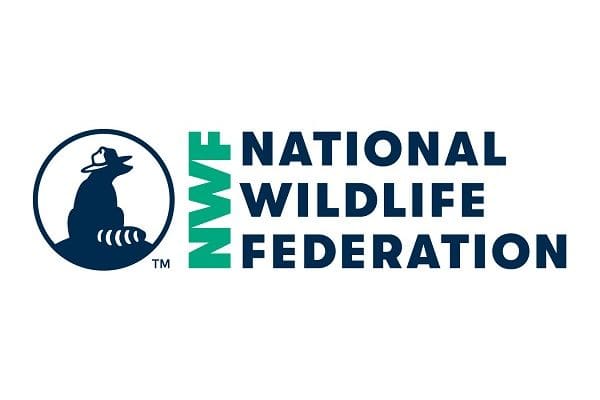Bob McCready Named Director of Western Wildlife Conservation

Bob McCready, a conservation leader with decades of experience in protecting wildlife and habitat, will serve as director of the National Wildlife Federation’s Western Wildlife Conservation program. McCready will advance policies and practices that accelerate the adoption of wildlife conservation strategies, connect critical western wildlife habitats, and utilize best-available science and Traditional Ecological Knowledge to help recover declining species across the Western United States.
“If there’s one thing I’ve learned throughout my experience working in the West it’s that relationship-building is at the core of this work and a huge part of what makes wildlife conservation a success,” said McCready. “We have a unique opportunity to address some of the biggest challenges in the West while strengthening our partnerships with state and federal agencies as well as with landowners, and ensuring that conservation practices evolve with the needs of people and wildlife. There isn’t a once-size-fits-all to this work and I look forward to finding solutions that make a difference across the board.”
“Bob McCready has brought a relationship-driven approach to conservation that has resulted in notable and measurable success. He’s already demonstrating the leadership needed to ensure we protect our wildlife and wild places while keeping people at the forefront. I’m excited to continue working alongside him as we advance Western conservation for all that call this region home,” said Brian Kurzel, executive director of the National Wildlife Federation’s Rocky Mountain region.
McCready previously served as program manager for the Federation’s wildlife conflict resolution work focused on the protection of wildlife habitat and species like bighorn sheep, wolves, and bears. Through the retirement of livestock grazing permits, McCready worked to reduce conflict and risks to wildlife while adhering to a market-based approach to compensate ranchers who historically used the land. This relationship-building enabled the program to protect hundreds of thousands of acres of wildlife habitat and restore critical wildlife corridors, further protecting at-risk species.
Visit the National Wildlife Federation Media Center at NWF.org/News
